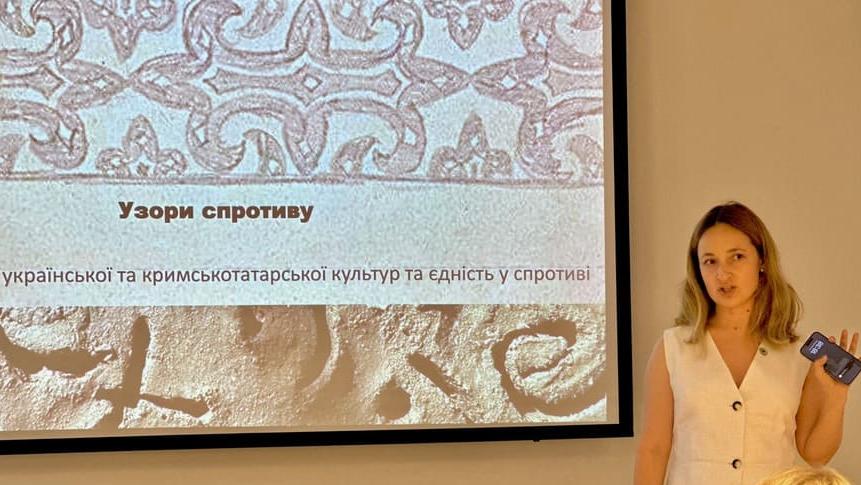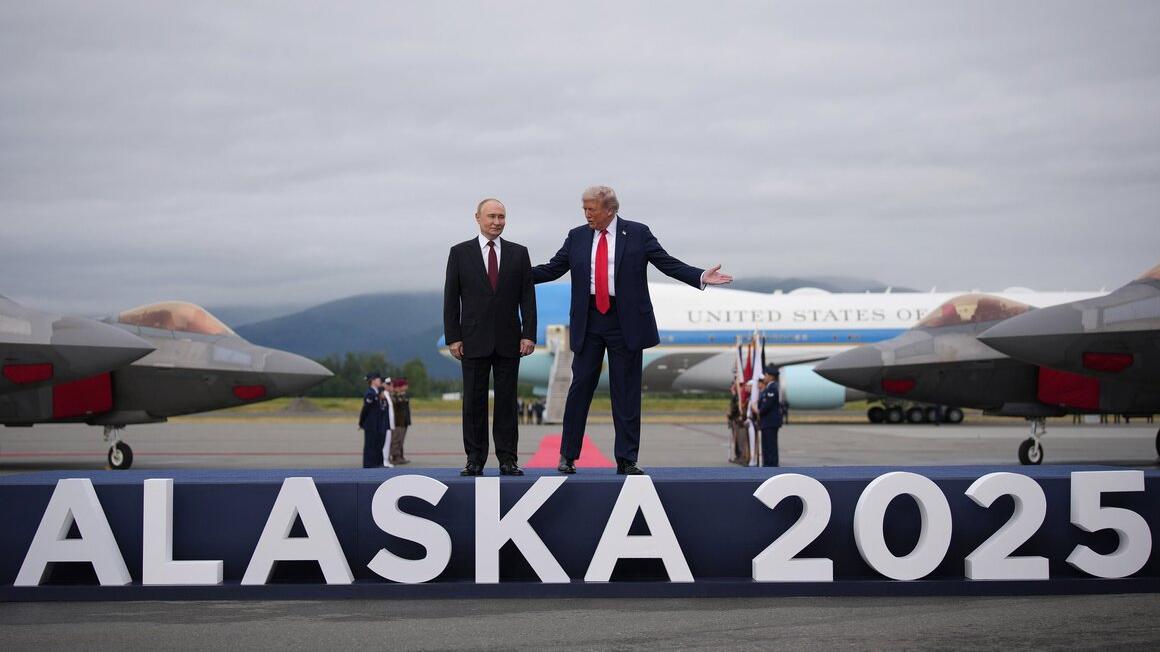
Patterns of Resistance: Lesya Ukrainka and Leonora Yanko A Research Presentation and Artistic Performance in Warsaw
On July 25, 2025, the Ukrainian House in Warsaw hosted a cultural event that brought together historical research and contemporary art — Patterns of Resistance: Lesya Ukrainka and Leonora Yanko. The event consisted of two parts and was dedicated to visual heritage, cultural memory, and the shared resistance of the Ukrainian and Crimean Tatar peoples.
The documentary section of the event focused on unique ornamental patterns sketched by Lesya Ukrainka during her travels in Crimea at the turn of the 19th and 20th centuries. Five of these patterns are Crimean Tatar in origin. These materials were made public for the first time in 2023 through the initiative of curators Maya Chumak (Museum of Outstanding Figures of Ukrainian Culture: Lesya Ukrainka, Mykola Lysenko, Panas Saksahanskyi, Mykhailo Starytskyi) and Leonora Yanko, with the support of the Office of the President of Ukraine in the Autonomous Republic of Crimea.
At the center of the presentation was a quote from Lesya Ukrainka's letter to Mykhailo Drahomanov:
“I would like to publish one thing — namely, the Tatar patterns I collected in Crimea. There are many of them, and they are very beautiful — and strikingly similar to Ukrainian ones.”
The artistic part of the event featured a performance and the presentation of a new work by Leonora Yanko, titled Sk(q)trkt. Leonora Yanko is an interdisciplinary artist and curator working with themes of war, memory, and cultural resistance since 2014. Her projects explore the intersections of Ukrainian and Crimean Tatar cultural heritage, with a particular focus on the resilience of the Crimean Tatar people.
The ceramic sculpture takes the form of a Ukrainian trident, stylized according to the design by Dmytro Symonov. At its center is the Crimean Tatar phrase Siktir ket (Siqtir ket) — literally translated as “f** off”* — a visual and cultural act of resistance against Russian occupiers. The phrase is a reinterpretation of the now-famous words of the Ukrainian border guard on Zmiinyi (Snake) Island, reframed in the Crimean Tatar language and context.
Leonora Yanko states:
“This work is an artifact from the future, a future in which our resistance has already become a historical event — and in which objects like Sk(q)trkt have been preserved by descendants as symbols of unity between the Ukrainian and Crimean Tatar peoples.”
To arrive at a precise, culturally appropriate rendering of this Crimean Tatar profanity, the artist consulted native speakers of different generations, researchers, and scholars. The process revealed how even language — including its most defiant and informal forms — can be eroded by occupation and historical erasure.
At the heart of Yanko’s performance was a symbolic gesture of excavating memory. Together with the artist, participants slowly unearthed the ceramic object from sand, as if retrieving an artifact from the future. This physical act of uncovering became a shared ritual of returning to silenced histories and repressed voices. As the sculpture was revealed, the audience became co-participants — liberating, from the sediment of time, a material witness: an object of resistance and solidarity. The exhibition Patterns of Resistance is not merely a dialogue between past and present. It is a deep meditation on legacy, a visual provocation, and an act of cultural solidarity. In these patterns, there is both tenderness and rage. And in the convergence of Lesya Ukrainka’s vision and Leonora Yanko’s artistic gesture — a symbolic continuity of memory and resistance.
For additional information, interview requests, or exhibition proposals, please contact: Leonora Yanko – leonora.r.y@gmail.com
 1091 views
1091 views















